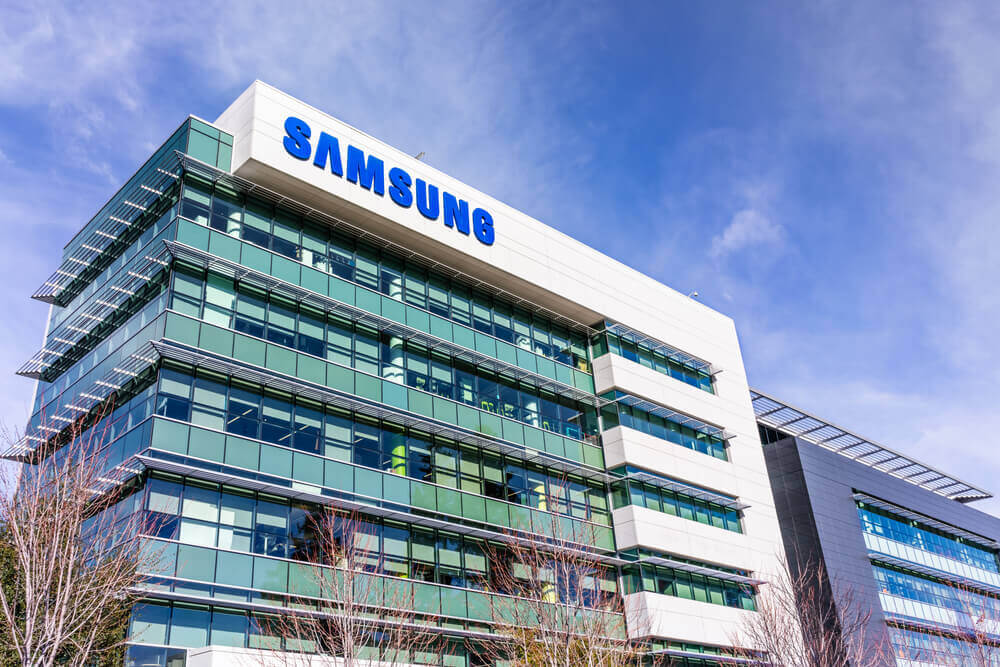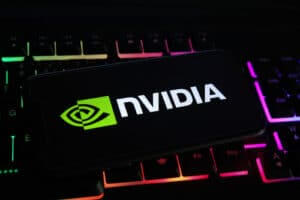Samsung Electronics Co. Ltd. fared better than expected in the first quarter, as the South Korean tech giant saw its memory business return to profit due to a thriving artificial intelligence (AI) industry.
The company stated on Tuesday that operating profit for the three months ending March 31 rose to ₩6.61 trillion ($4.80 billion) from the ₩640 billion logged last year. It was the highest operating profit since the third quarter of 2022.
The figure marked a significant 932.8% increase from the same quarter of the year prior and aligned with the firm’s forecasts earlier this month.
Revenue for the quarter climbed 12.8% from the previous year’s ₩63.75 trillion to ₩71.92 trillion ($52.30 billion), with robust sales of its latest Galaxy S24 series and a falling won contributing to the surge.
Samsung’s stock was trading 1.83% higher following the earnings release.
AI Boom Boosts Samsung’s Memory Chip Business
The upbeat readings came as an AI boom fueled a recovery in memory chip demand and prices in recent quarters.
Samsung cited its move to address the demand for “high-value-added products” as the reason that its memory business was profitable once again.
In 2023, a post-pandemic drop in chip demand resulted in a record annual loss of ₩14.88 trillion in the semiconductor division of the world’s largest memory chip maker.
The company recently said it will start working on the fifth generation of high-bandwidth memory (HBM) chips, the HBM4, and expects strong demand in the AI industry. The firm’s HBM chips play a crucial role in AI processors.
The South Korean tech giant also began mass-producing its HBM3E chips in April. The fourth-generation chip, mainly used for AI building, is the most advanced chip to date.
The need for higher capacity and faster memory chips has strengthened in recent years as AI models become more complex and data collection expands.
For the second quarter, Samsung sees demand for generative (genAI) as the main driver, while mobile demand is expected to remain steady in the period.
PC demand, on the other hand, is seen being weighed by sluggish seasonality, which may prompt an inventory adjustment from customers before the company’s new product release in the second half of 2024.











